The '60s-Era Yamaha SG-7 Is an Offset Like No Other
Debuting in 1967, with a wildly asymmetric body, the SG-7 is ripe for rediscovery.
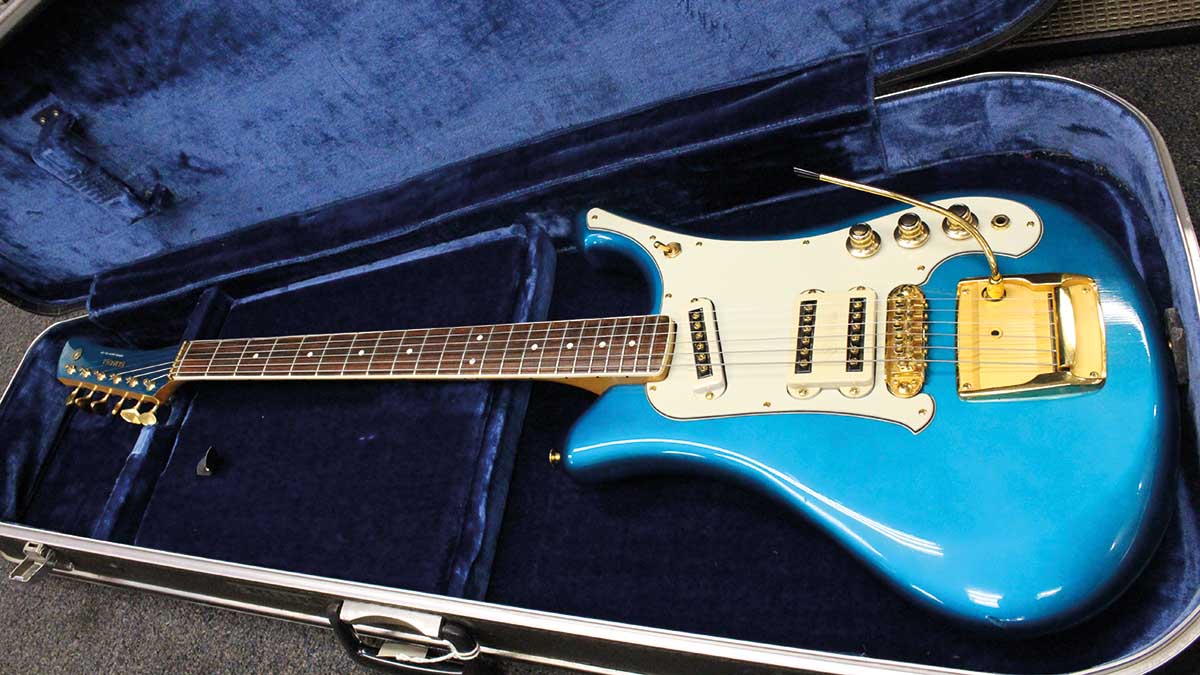
Fender and Gibson set the standard for arena-rock tones by the mid 1970s, but by then many players were aware that neither company was making them quite like they used to. Norlin-era Les Pauls were but a pale imitation of their late-1950s, PAF-loaded predecessors, and the CBS-owned Fender was at a similar nadir with respect to its ever-popular Stratocaster and Telecaster models.
Such lax quality set the stage for Japanese guitar makers to show American guitar players what they could do, with Yamaha chief among them. The company jumped into the fray and blew away all preconceptions of the cheap Asian import in 1976 with the SG2000, a double-cutaway Les Paul–inspired instrument with deluxe construction and appointments.
Developed partly in consultation with Carlos Santana, the SG2000 received rave reviews and was used by not only Santana but also Be-Bop Deluxe’s Bill Nelson, Boz Scaggs, Stiff Little Fingers’ Jake Burns, and Stuart Adamson of the Skids and Big Country, among many others.
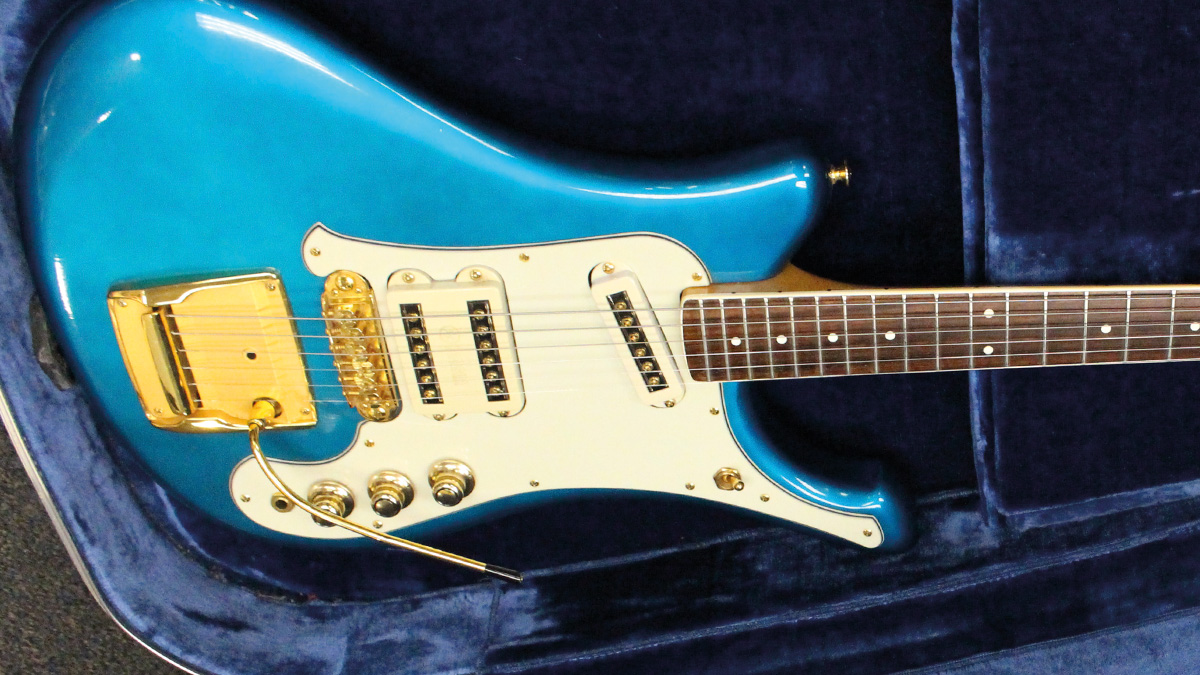
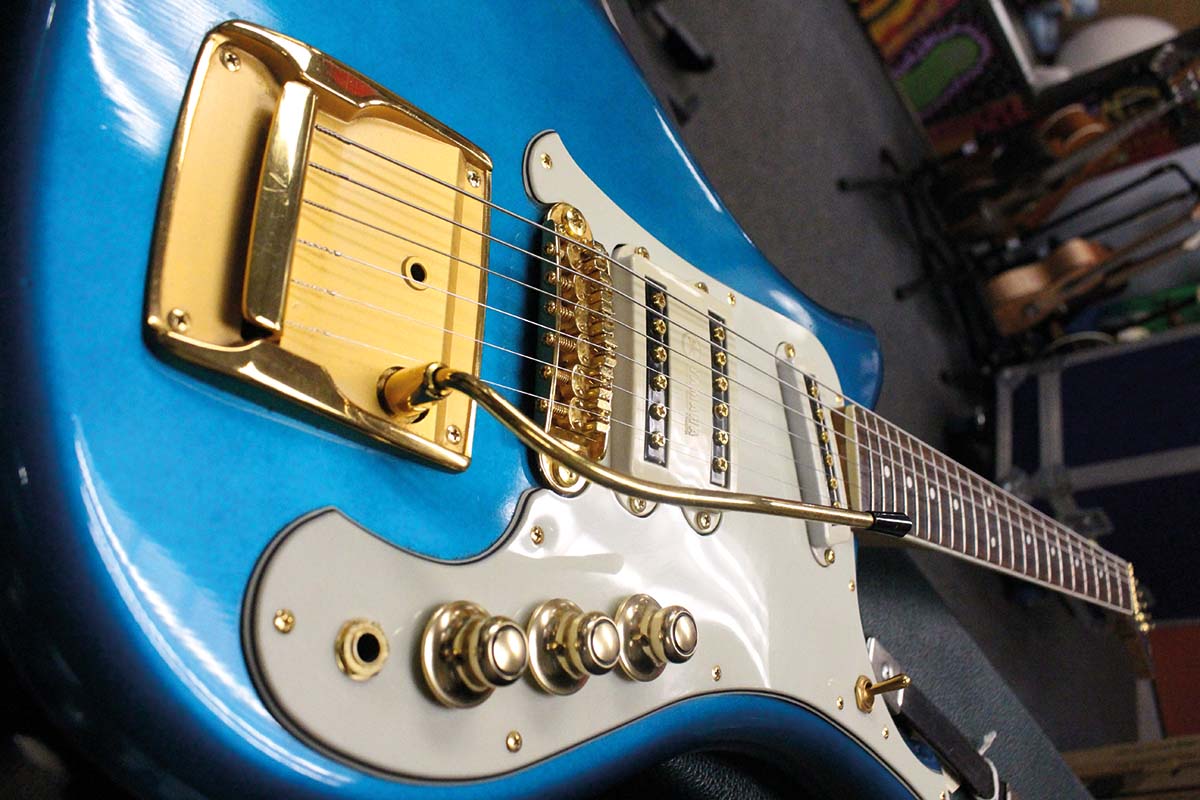
The SG2000 showed off Yamaha as a maker of professional-quality electric guitars and helped erase the impression that Japanese guitars were cheap imports. But lest anyone forget, Yamaha’s ability to turn out eye-catching solidbody electric guitars predates that explosion by a full decade.
The company launched its SG – for “Solid Guitar” – line in 1966 after enjoying considerable success in the acoustic guitar market. The SGs comprised a range of attention-grabbing axes with unusually shaped asymmetrical bodies. They included the SG-3, SG-5, SG-12 12-string and, the flagship of the line, the SG-7, as seen here in our 1967 example.
With its irresistibly quirky Italianate features – including an elongated horn on the treble side and a hockey stick–style headstock – the SG-7 looks a little like someone decided to attach the neck in the wrong place… and maybe forgot a big hunk of the body’s upper bout as well.
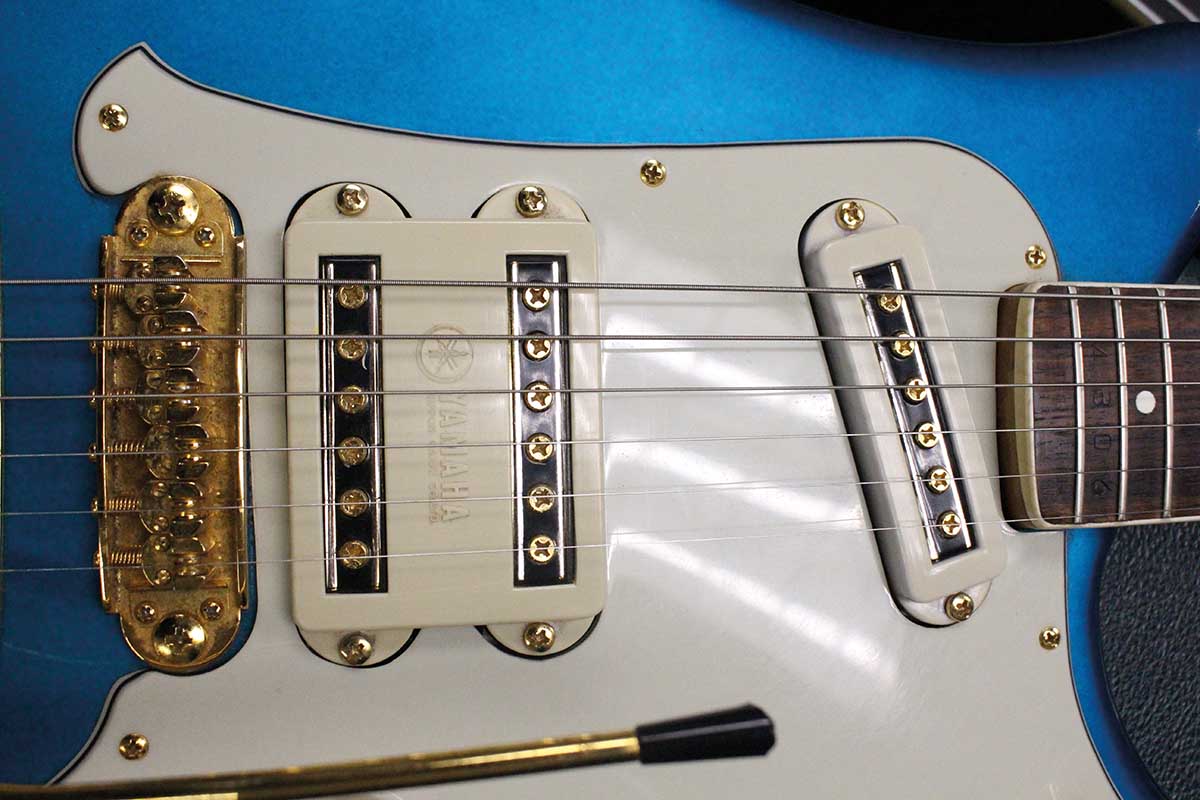
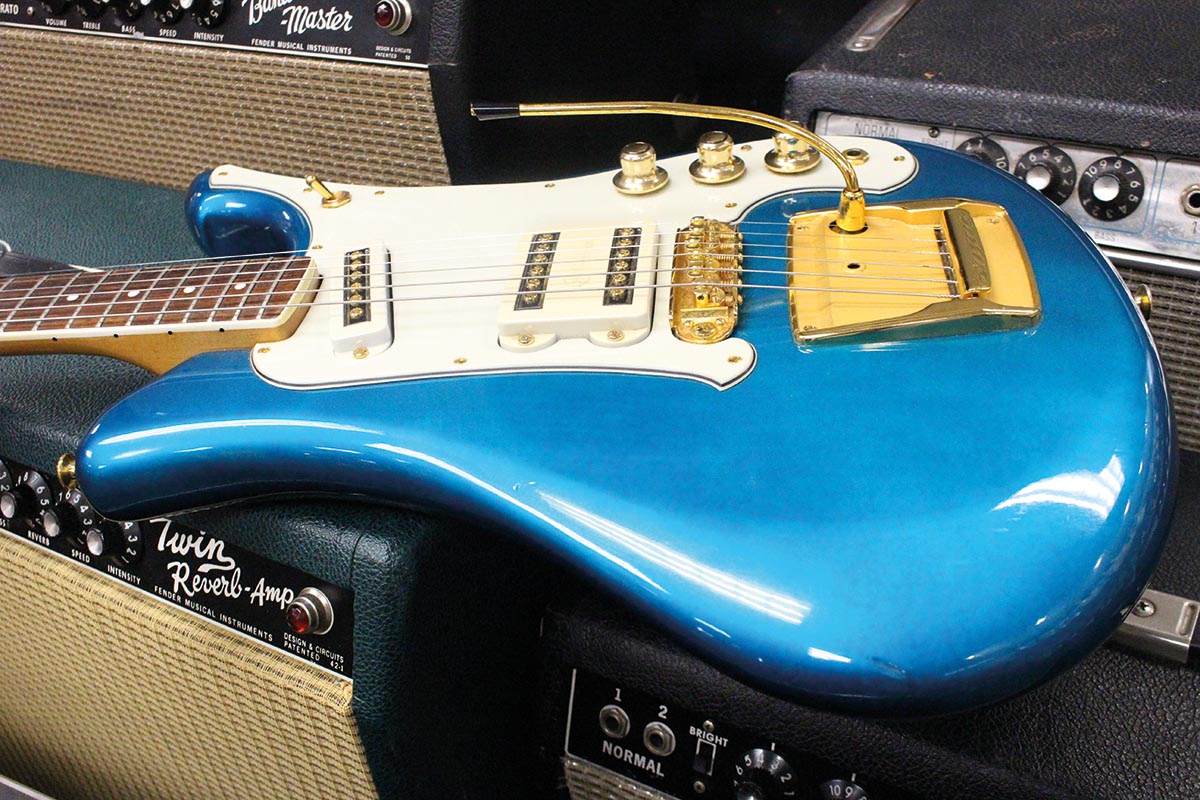
And yet, this is one irresistibly scrumptious electric guitar. Whichever way your own tastes run, it’s nearly impossible to view a vintage SG-7 in person and not want to lay your hands on it. In fact, Yamaha aimed the SG-7 at its own domestic market, using design input from Takeshi Terauchi, a home-grown star who was chasing an American-born breed of music that was wildly popular in Japan at the time.
Get The Pick Newsletter
All the latest guitar news, interviews, lessons, reviews, deals and more, direct to your inbox!
In his late teens, Terauchi was inspired by the sound of the Ventures, then behind a nationwide surf-guitar craze that veritably coined the term “big in Japan.” He even aped that band’s choice of guitar by adopting a black Mosrite during much of his time with the Blue Jeans, his legendary instrumental outfit of the early to mid ’60s.
As Japan’s biggest guitar star of the day, Terauchi was a significant asset for Yamaha. Considering his background and guitar predilections, it’s no surprise the SG-7 arrived with a nod or two to Mosrite’s distinctive curves, arguably exaggerated to extremes in the elongated treble-side horn, as well as a vibrato tailpiece.
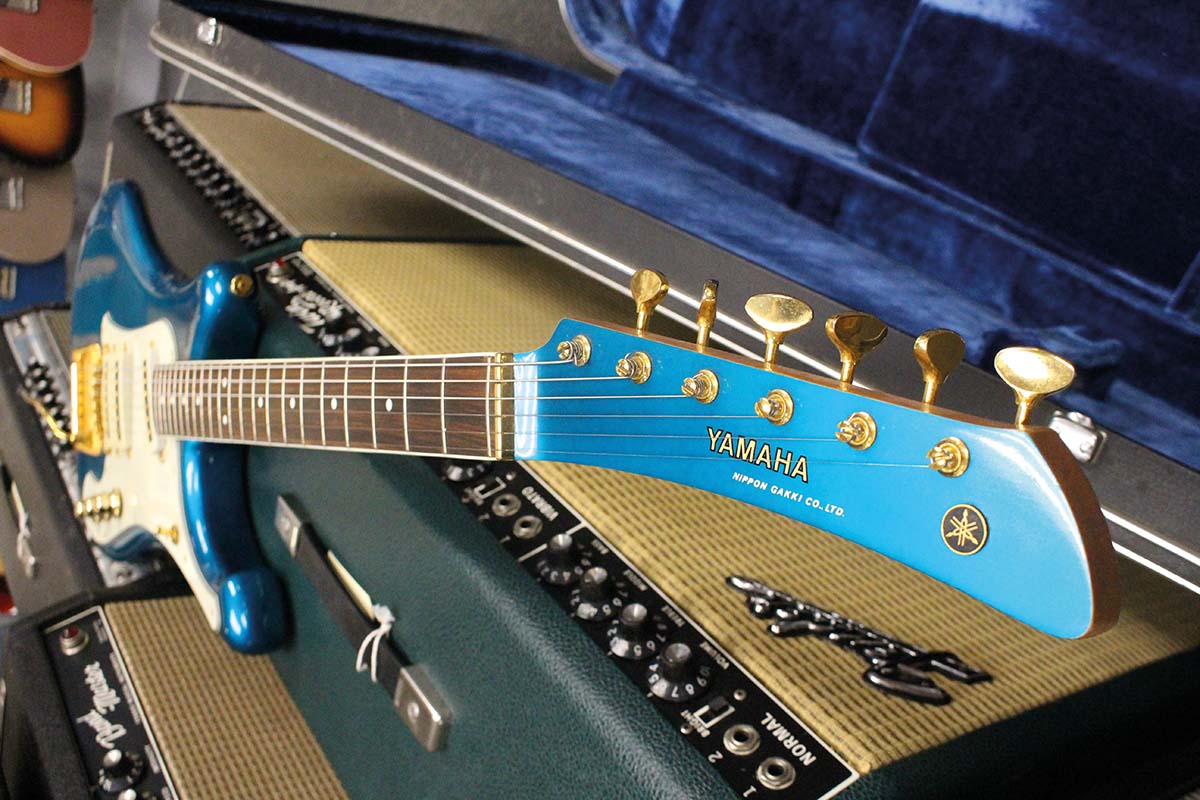
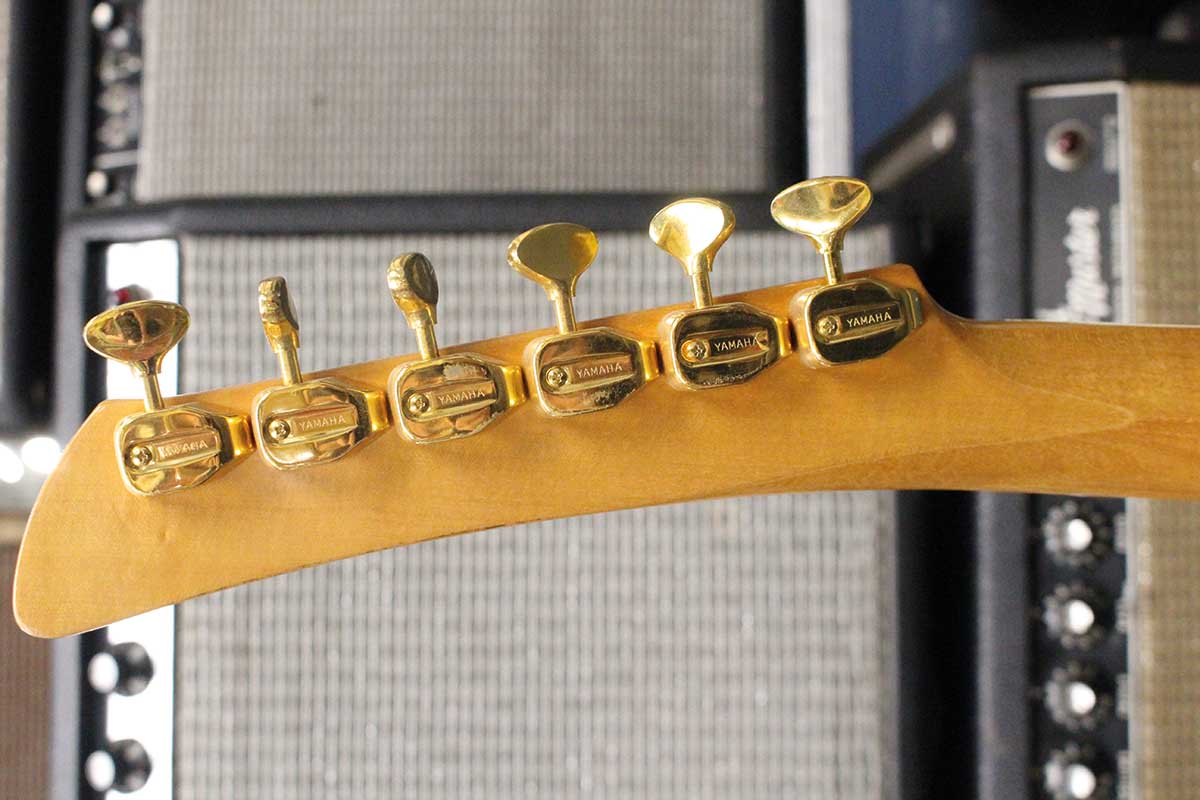
The extended lower horn is perhaps the body’s most prominent feature, and the one that earned the guitar its nickname, "Flying Samurai." But its distinctive lines are asymmetrical from every perspective, and even give a slight nod to other classics of the surf-guitar genre, such as the Fender Jazzmaster.
The bulbous bass-side lower bout presents another stand-out feature, and the hockey-stick headstock further echoes the sword-inspired theme.
The off-kilter pickup configuration might appear to present an angled single-coil at the neck and a fat humbucker in the bridge position, but the latter is actually two of the same single-coil units coupled closely beneath one cover. The pickups are wired together with a three-way switch and master volume and tone controls. As for the third knob, it’s a blend control that makes adequate use of the middle pickup.
The maple neck with 22-fret rosewood fingerboard is bolted onto the body, although the screws seen in the decorative neck plate at the back don’t hold the neck on but simply keep the plate in place. Removing it reveals the neck attachment screws and plate, and the truss-rod access hole. The fingerboard also sports a zero fret, and the neck is topped with a six-a-side, scarf-jointed headstock.
The vibrato tailpiece might be seen as Yamaha’s amalgam of the Mosrite and Jazzmaster archetypes, and it actually works quite well, with a smooth, subtle action similar to those two units. The roller-saddle bridge helps keep it all decently in tune, too. The metallic-blue finish sported by this fine example is arguably the most eye-catching of the options, though you’ll also find the SG-7 in white, red, and sunburst.
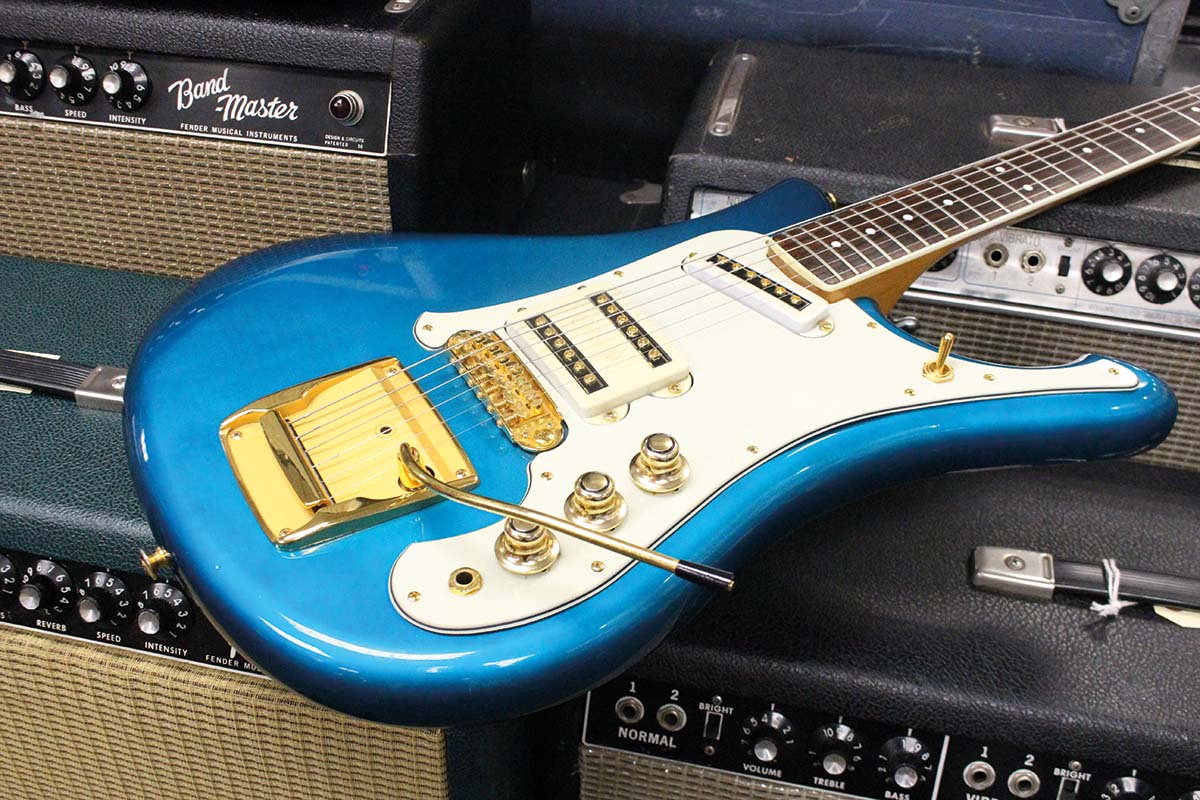
The SG-7 was renamed SG-7A sometime after its introduction and discontinued in 1971, along with its similarly styled siblings. In their place, Yamaha handed the SG range designator to a lineup of more modern-looking guitars. Santana has frequently said that when Yamaha courted his endorsement in the mid ’70s, the guitar he was initially offered wasn’t up to his standards.
The guitar he received was probably not the ultra-hip SG-7s or its siblings but one of the SG2000’s symmetrical-double-cutaway predecessors, such as the bolt-neck SG30 or set-neck SG50, which had a broadly similar body style but nowhere near the build quality or deluxe appointments.
In 2000, Yamaha reissued the SG-7 as the SGV-300 and SGV-800. Both were largely true to the original, but the latter model was slightly more “deluxe” and was offered with alternate finish options. They were joined by the even more upmarket SGV-800 and the rarely seen SGV-1200, both of which dispensed with the originals’ three narrow single-coil pickups for a pair of fatter, more P-90-like single-coils.
All were discontinued by 2007, although the SGV-800 appears to have been deleted at some point after 2004. Either way, the 55-year-old Yamaha design has become a cult classic, and an oddity for which many adventurous guitarists will sacrifice the two grand that many fine examples fetch on today’s vintage market.
Dave Hunter is a writer and consulting editor for Guitar Player magazine. His prolific output as author includes Fender 75 Years, The Guitar Amp Handbook, The British Amp Invasion, Ultimate Star Guitars, Guitar Effects Pedals, The Guitar Pickup Handbook, The Fender Telecaster and several other titles. Hunter is a former editor of The Guitar Magazine (UK), and a contributor to Vintage Guitar, Premier Guitar, The Connoisseur and other publications. A contributing essayist to the United States Library of Congress National Recording Preservation Board’s Permanent Archive, he lives in Kittery, ME, with his wife and their two children and fronts the bands A Different Engine and The Stereo Field.
"We tried every guitar for weeks, and nothing would fit. And then, one day, we pulled this out." Mike Campbell on his "Red Dog" Telecaster, the guitar behind Tom Petty & the Heartbreakers' "Refugee" and the focus of two new Fender tribute models
“A good example of how, as artists, you have to blindly move forward with crazy ideas”: The story of Joe Satriani’s showstopping Crystal Planet Ibanez JS prototype – which has just sold for $10,000











